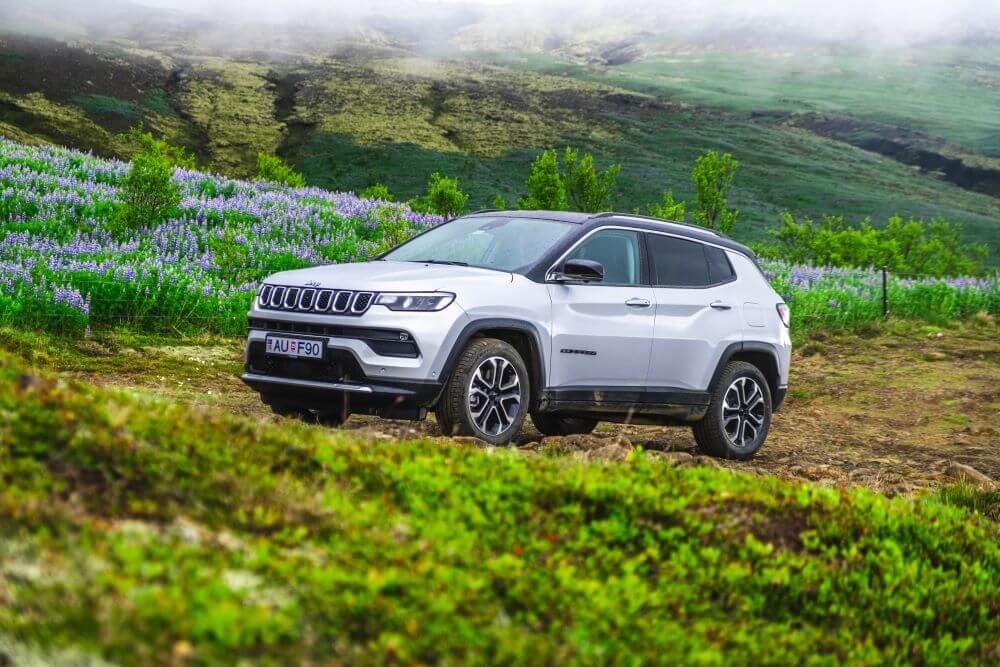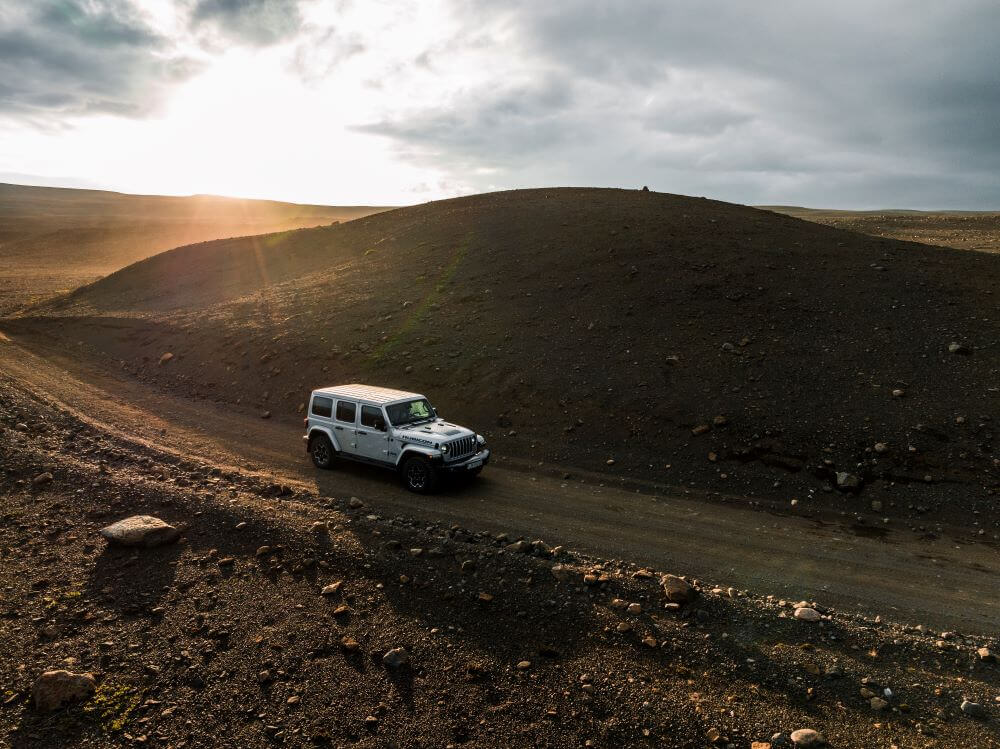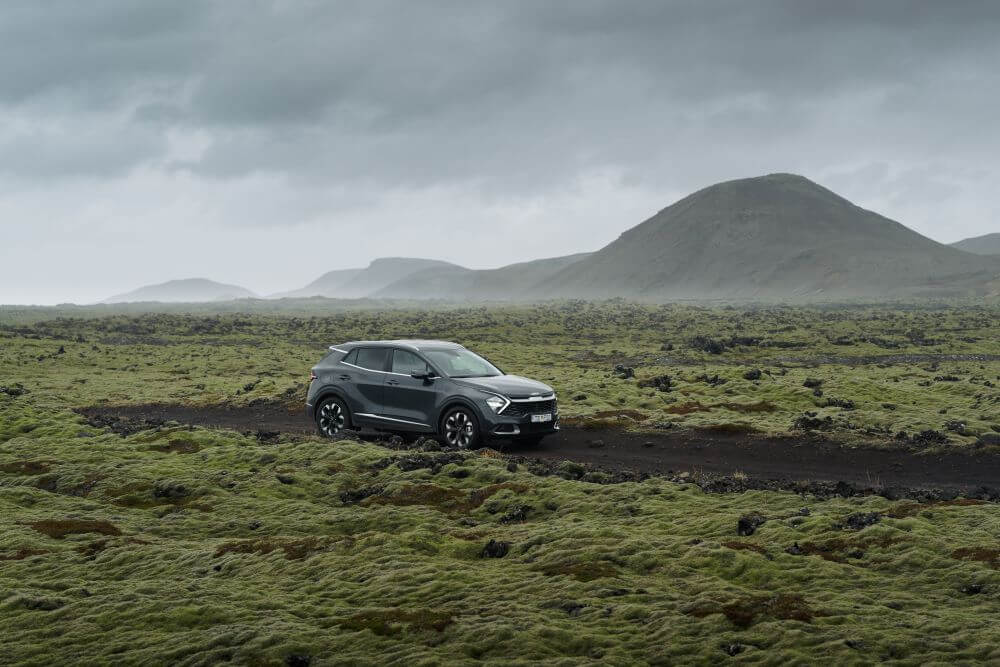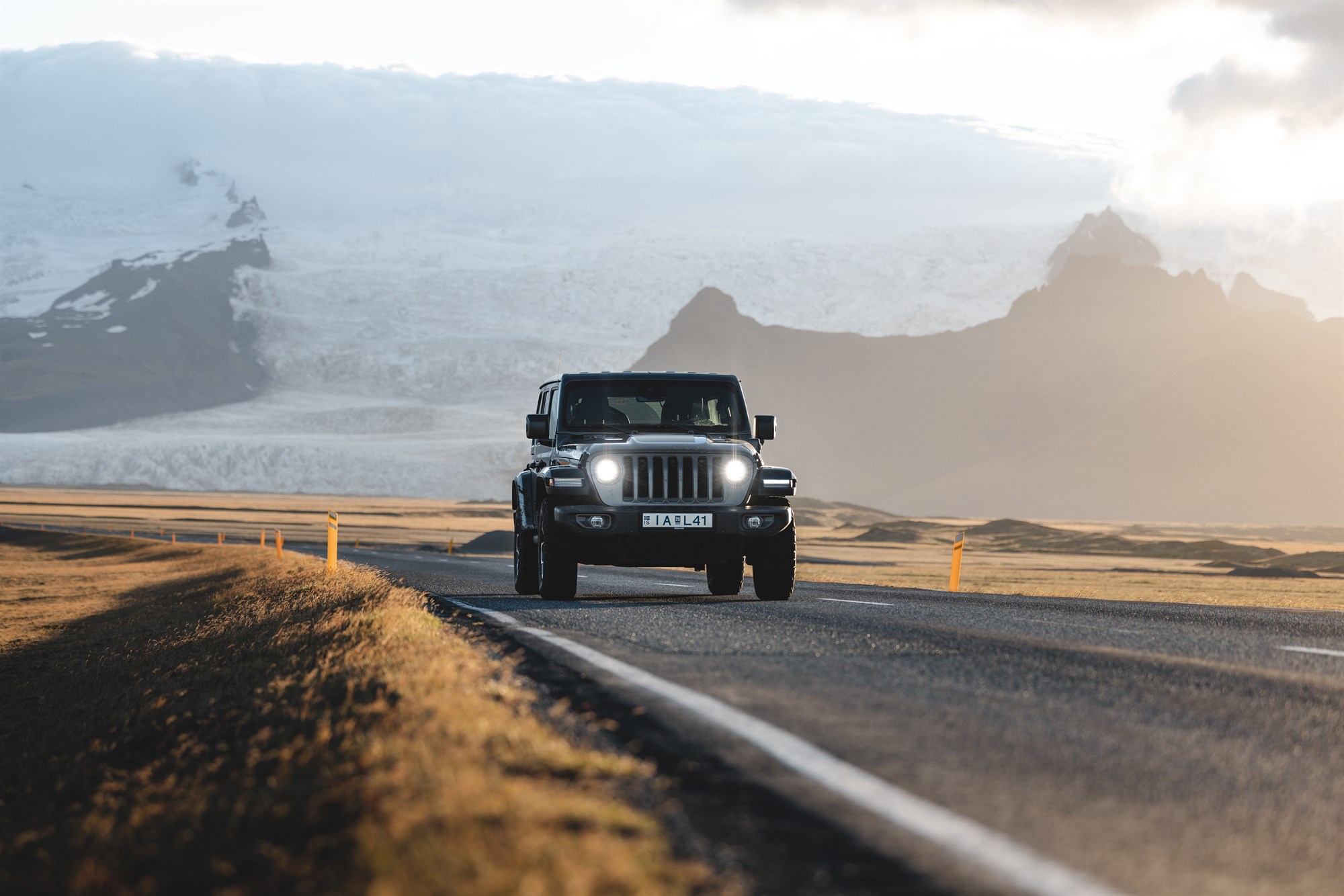
Navigating the roads of Iceland is key to unlocking this magical island’s secrets. That’s why renting a car in Iceland is vital to your trip. With a rental car in Iceland, you have the freedom to travel at your own pace and make your own road adventure. Just stay on the roads and out of trouble.
Beyond just catching a glimpse of its unique scenery of glaciers and waterfalls, driving here allows you to connect with some of Earth's most incredible natural wonders. While journeys from Keflavik Airport to Reykjavik are straightforward, venturing into the countryside presents a different challenge due to the diversity and complexity of Iceland's landscapes.
Understanding Road Types and Conditions
Iceland’s road system, though compact compared to its vast landscapes of mountains, glaciers, and lava fields, primarily hugs the coastline where most inhabitants live. This leaves many scenic yet remote areas like the Ring Road accessible only through less traveled paths. The allure of these off-the-beaten-path sites raises a critical question: How does one access these places when roads are absent?
Off-Road vs. F-Roads: What's the Difference?
There's a common misconception that exploring Iceland requires a monster truck. While a 4x4 is recommended, especially for winter or off-main-road travel, it's not necessary for the primary routes in summer. However, it's crucial to note that off-road driving—traveling where no official roads exist—is both illegal and harmful to Iceland's fragile environment, punishable by severe fines.

The Legal Landscape
Icelandic law strictly prohibits off-road driving to protect its delicate ecosystems. Any traveler caught driving off designated roads can face hefty penalties. This law creates confusion among tourists, as some rental cars are advertised as suitable for off-roading. In reality, the legal alternative is driving on designated highland roads, known as F-roads, where only 4x4 vehicles are permitted. These roads offer a legitimate way to experience Iceland’s untouched wilderness without violating environmental regulations.
Exploring Iceland’s F-Roads
The F-roads provide access to some of the most remote and stunning parts of Iceland. These roads are only open during the summer months and still require vehicles capable of handling rough terrain. Traveling these routes offers a unique glimpse into the raw, untamed beauty of Iceland’s highlands, with landscapes ranging from vast lava fields to sweeping mountain vistas.
Navigation and Safety in the Highlands
Driving in Iceland’s highlands can be unpredictable, with roads transitioning from gravel to mud and requiring river crossings. The highland's roads, whether marked or unmarked on maps, demand careful navigation to avoid getting lost or stuck. Here, the magic of the landscape can be enchanting but also dangerous, emphasizing the importance of respecting and preserving the wild.

Tips for Safe Driving in Iceland
Prepare for the Unexpected: Weather in Iceland can change rapidly. Always check the weather forecast and road conditions before heading out.
Know Your Vehicle: Familiarize yourself with your rental vehicle’s capabilities, especially if you’re planning to drive on F-roads.
Stay Informed: Use apps and websites like safetravel.is for real-time updates on road conditions and safety alerts.
Hiking: The Best Way to Explore Off-Road Sites
While you can't drive everywhere in Iceland, you can walk almost anywhere, except for private farmlands or restricted areas. Iceland is a hiker's paradise, especially in the highlands, where you can explore hot springs, glaciers, and waterfalls inaccessible by car. Notable hiking destinations include Landmannalaugar hot springs and Hveravellir, a remote oasis.
The Joys of Hiking in Iceland
Hiking in Iceland offers not only the freedom to explore at your own pace but also the opportunity to engage more deeply with the natural environment. Trails range from easy walks to challenging treks, catering to all levels of fitness and adventure spirit.
Iceland is a hiker's dream destination, boasting a diverse landscape that ranges from towering mountains to deep canyons. Across the island, you'll discover an array of unique and spectacular hiking trails, each offering its own unforgettable experiences
Risks and Consequences of Illegal Off-Road Driving
Off-road driving is not only illegal but also perilous. Getting stuck off-road can end vacations prematurely, requiring long waits for assistance and facing potential vehicle damage, which is not covered by insurance when incurred through illegal driving activities. Even if you plan to stick to well-trodden paths, every driver in Iceland must be aware of these regulations to avoid severe penalties and safety risks.

Environmental Impact
The ecological footprint of off-road driving is significant. Driving off designated paths can damage fragile vegetation, disrupt wildlife habitats, and cause erosion. The cumulative effect of such activities can have long-lasting impacts on Iceland’s pristine environments.
Any driver caught or reported driving off road should expect a hefty fine from the Icelandic police. If you think speeding parking and speeding tickets are high in Iceland, you don’t want one for off road driving.
Conclusion: Respecting and Enjoying Iceland's Natural Beauty
When renting a car in Iceland, it is vital to respect the laws and natural environment of this spectacular land. Staying on marked roads ensures your safety, protects the pristine landscapes, and preserves the integrity of Iceland's delicate ecosystems. Embrace the beauty of Iceland responsibly, ensuring that your driving adventures contribute positively to the sustainable tourism efforts of this extraordinary island. Explore responsibly, and let your journeys through Iceland be filled with awe, not consequences.
If you want to learn more about Driving in Iceland, please visit our blog. There you can also find Practical Info about traveling in Iceland as well as interesting articles about Iceland's Natural Wonders.




